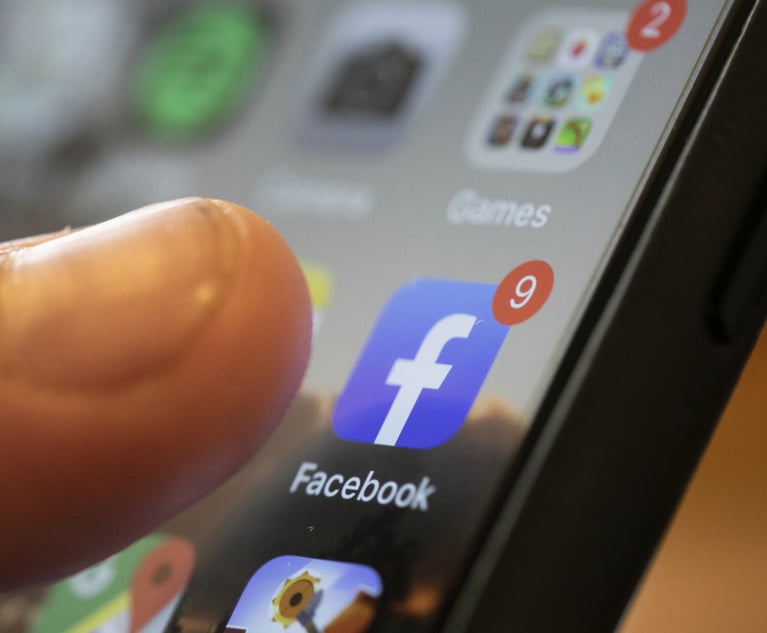The “metaverse” can be defined as a simulated digital environment that uses augmented reality (AR), virtual reality (VR), and blockchain, along with concepts from social media, to create spaces for rich user interaction mimicking the real world. In late 2021, Facebook changed its name to Meta Platforms as a symbol of its leadership in the Metaverse frontier. Another corporate giant, J.P. Morgan Chase, the largest bank in the U.S., opened Onyx Lounge, a bank in the Metaverse, where it projects the Metaverse market will reach over $1 trillion dollars in annual revenue in the coming years. From rappers like Meek Mill, Snoop Dogg and Jay-Z promoting the purchase of NFTs, to the NBA All-Star Game awarding contestants with Bitcoin, the Metaverse is becoming a hot topic. But what is the Metaverse?
The reach and use of the Metaverse are far-reaching and much of it, definitionally, is yet to be defined. While the Metaverse continues to evolve there are a few defining features that are agreed upon which include: (1) AR and VR technology to simulate the real world, (2) digital avatars that represent users, (3) interoperability across platforms, and (4) a decentralized digital economy based on new digital currencies.


 Credit: PopTika/Shutterstock.com
Credit: PopTika/Shutterstock.com




